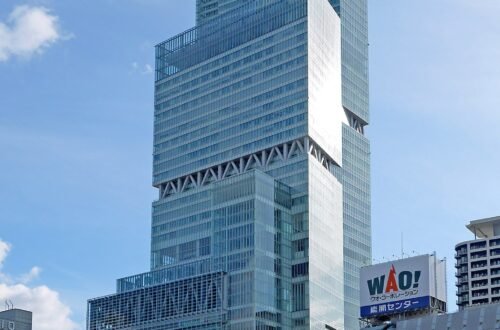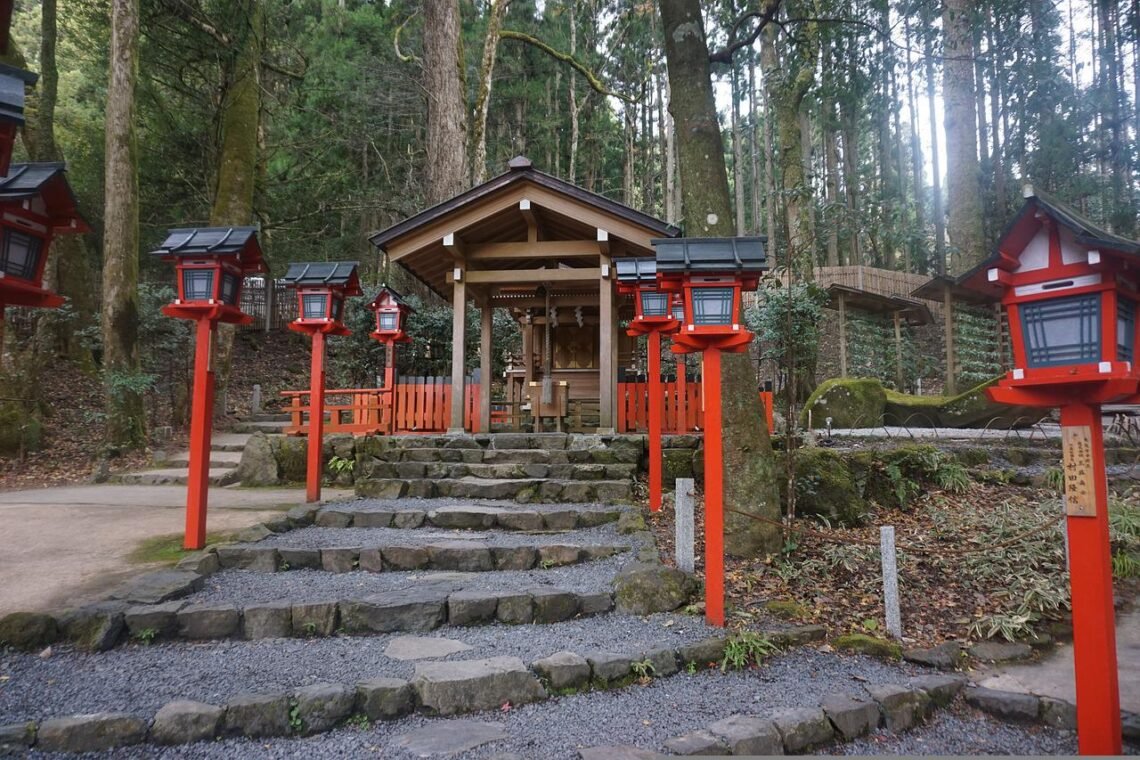
15 Best Things to See in Kyoto (Japan)
Japan is a country of contrasts, always balancing heritage and technological innovation. Kyoto, the nation’s cultural hub, has temples where other Japanese towns have technology. The Secretary of War insisted that Kyoto’s designation as a potential target for the devastating atomic bomb dropped by the United States during World War II be removed because of the significance of the city to culture. Visitors visiting Kyoto can anticipate seeing magnificent views like bamboo forests, elaborate shrines and temples, immaculately dressed geishas, theatrical performances, boisterous monkeys, and, depending on the season, blossoming cherry trees. Within the boundaries of this conveniently accessible city, visitors can learn everything there is to know about Japanese culture, including art, tea, Zen Buddhism, and other foundations. Any time of year is a great time to visit Kyoto, but to avoid harsher weather and crowds, spring or fall are the best times. If you’re fortunate enough to travel there in the spring, you’ll get to see the city against a backdrop of blossoming cherry trees. Similar to summer, fall brings bright tones of red, orange, and yellow from maple trees that blend in beautifully with warm-coloured temples. No matter when you visit, you’ll undoubtedly be impressed. Let’s examine the top activities in Kyoto:
- Visit the Kinkakuji Temple
- Visit the Kiyomizu-Dera Temple
- Find peace at the Eikando Zenrinji Temple
- Enjoy the Kyoto International Manga Museum
- Wander through the incredible Fushimi Inari-Taisha Shrine
- Dine at a restaurant in Pontocho
- Climb to the top of Mt. Kurama and relax in the hot springs
- Walk down the Philosopher’s Path
- Smell cherry blossoms at Maruyama Park
- Monkey Park Iwatayama
- Enjoy a panoramic view of the city at the Kyoto Tower
- Participate in a tea ceremony
- Sanjusangendo Temple
- Wander through the Gion District
- Nishiki Market
Visit the Kinkakuji Temple
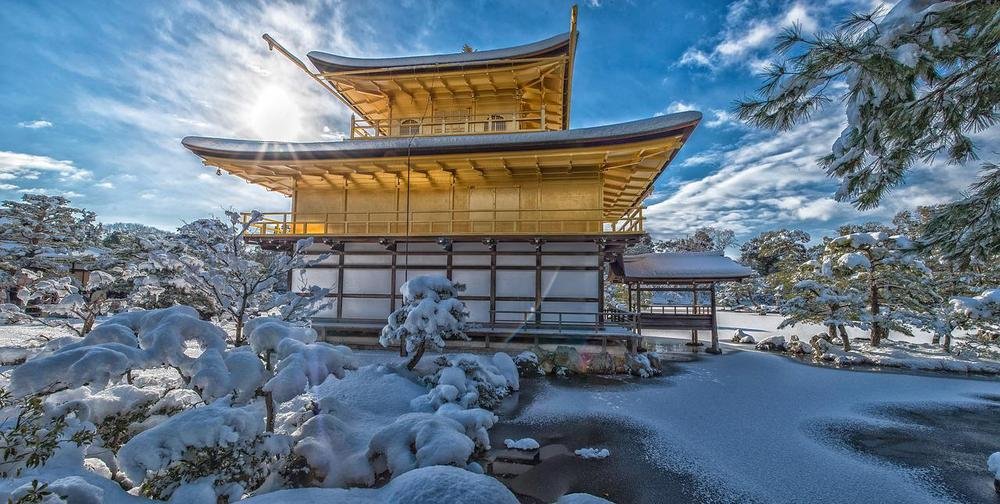
The golden Kinkakuji Temple, a Zen temple covered in gold leaf with the top level gilded both inside and out, is situated beside a tranquil lake and surrounded by trees. It was first constructed as a retirement residence for a well-known shogun, who authorised the building’s conversion to a shrine upon his passing. Go early in the day to avoid the crowds and witness the sun rising over the temple.
Visit the Kiyomizu-Dera Temple
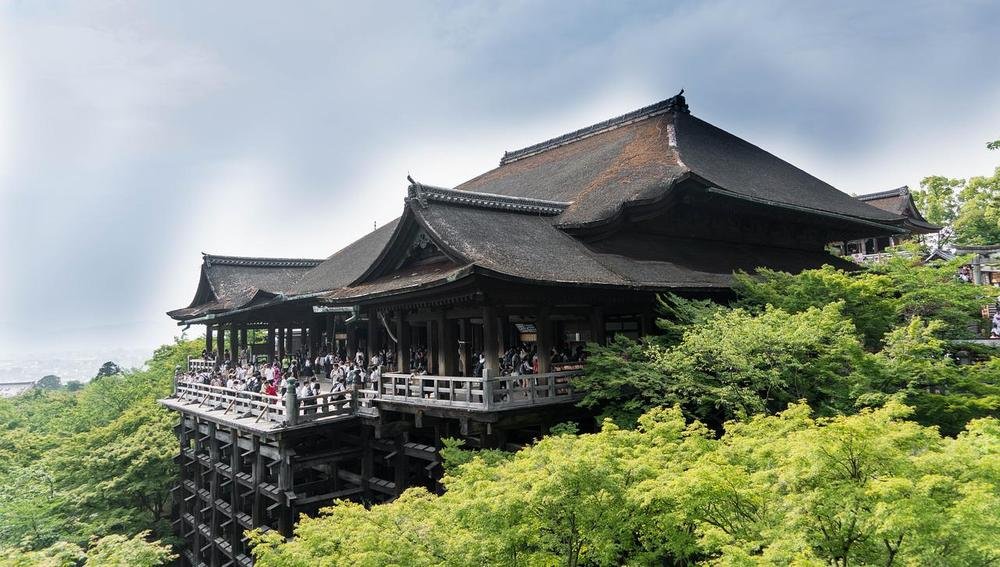
The Kiyomizu-Dera Temple, a UNESCO World Heritage site surrounded by cherry trees, is perched atop a lovely hill. The temple is renowned for housing numerous magical elements. In front of the Jishu Shrine, which was constructed to worship the god of love, walk between two stones while keeping your eyes closed. If you are successful in doing this, you will discover true love. The shrine is also connected to the Otowa Waterfall, which is incorporated into a separate shrine and divided into three streams, symbolising success, love, and long life. Take a drink from the stream that corresponds to your biggest wish for luck. In addition to its beauty and the magic that surrounds it, this temple is well worth a visit.
Find peace at the Eikando Zenrinji Temple
Visit the Eikando Zenrinji Temple if you want to find a tranquil setting where you can unwind and admire Japanese architecture. This temple offers a tranquil setting with sizable koi ponds, yet it is not as crowded as many of the other temples in Kyoto. Autumn, when the maple leaves change a variety of shades of crimson, is the greatest season to visit. For an even more breathtaking setting and view of Kyoto, climb the pagoda.
Enjoy the Kyoto International Manga Museum
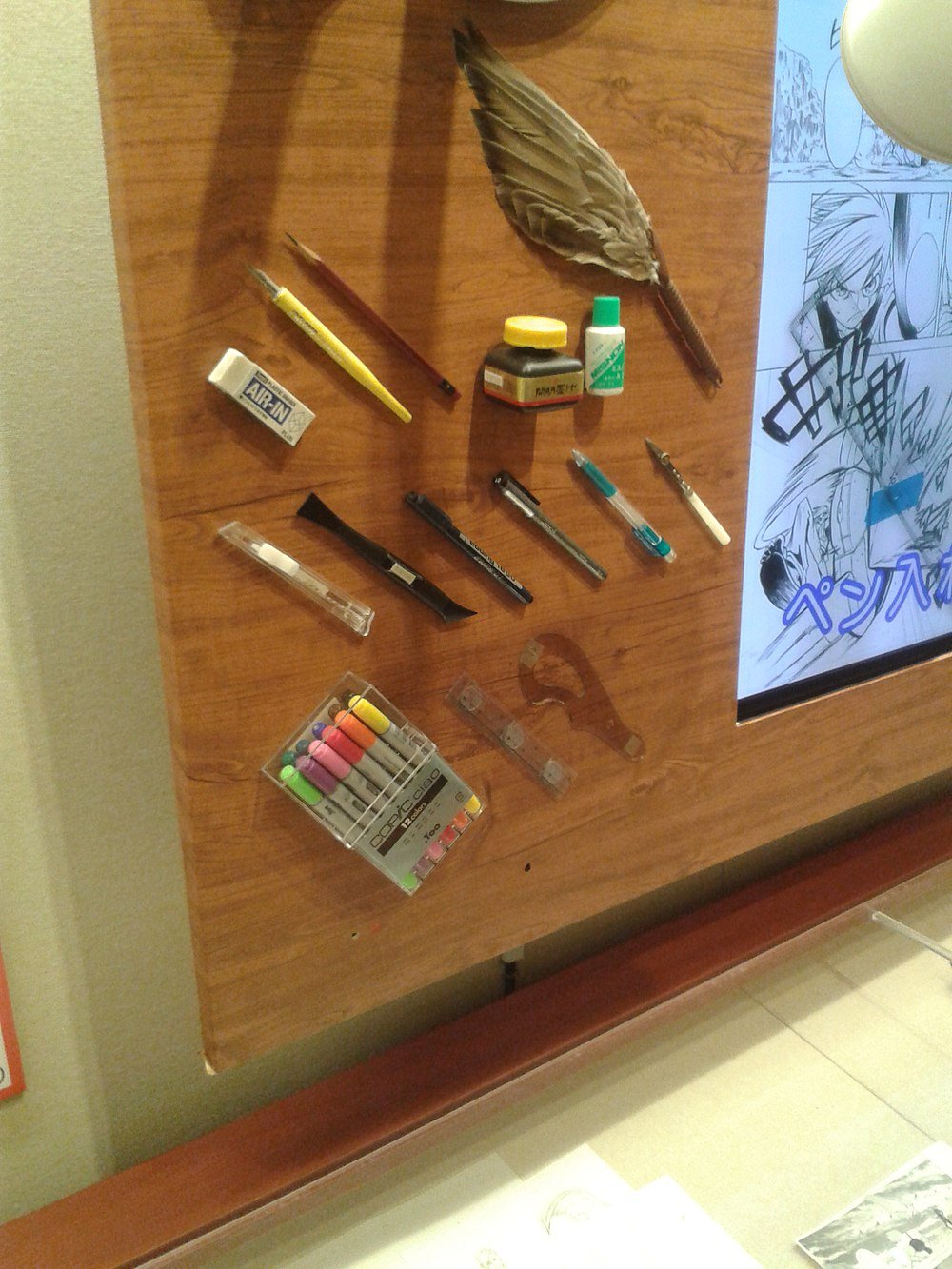
For their audience, Japanese cartoonists create figures in a distinctive way. With a rich history dating back to the late 19th century, manga is a popular form of Japanese popular culture that is made for both adults and children. You may peruse well-known manga at the Kyoto International Manga Museum, learn about its impact on the post-World War II era, watch artists make manga, or even have your portrait made. The enormous manga library has several English translations even though the majority of the comics are written in Japanese. Fans of Sailor Moon, Dragonball Z, and Pokemon will undoubtedly experience a wave of nostalgia.
Wander through the incredible Fushimi Inari-Taisha Shrine
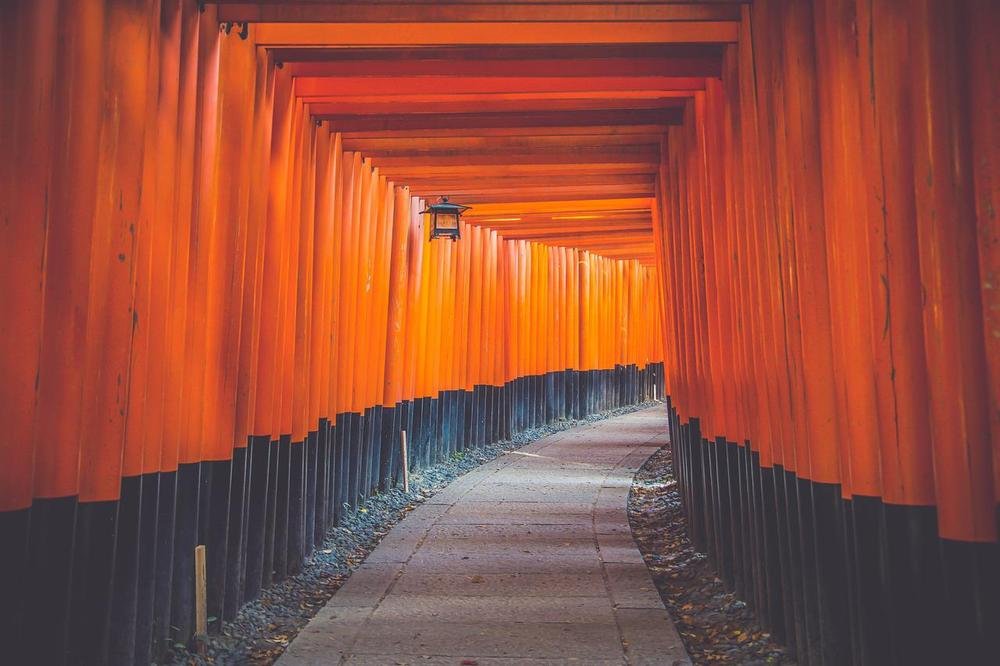
Kyoto’s most iconic treasure, the Fushimi Inari-Taisha Shrine, is located at the end of a flamed-coloured walkway made up of thousands of traditional torii gates. The network of elaborate shrines is surrounded by trails that guests can easily spend an entire day exploring. At the Yotsutsuji Intersection, halfway up the mountain, you may enjoy breathtaking views of Kyoto. The Shinto god Inari, also known as the rice god, is honoured at the Fushimi Inari-Taisha Shrine.
Dine at a restaurant in Pontocho
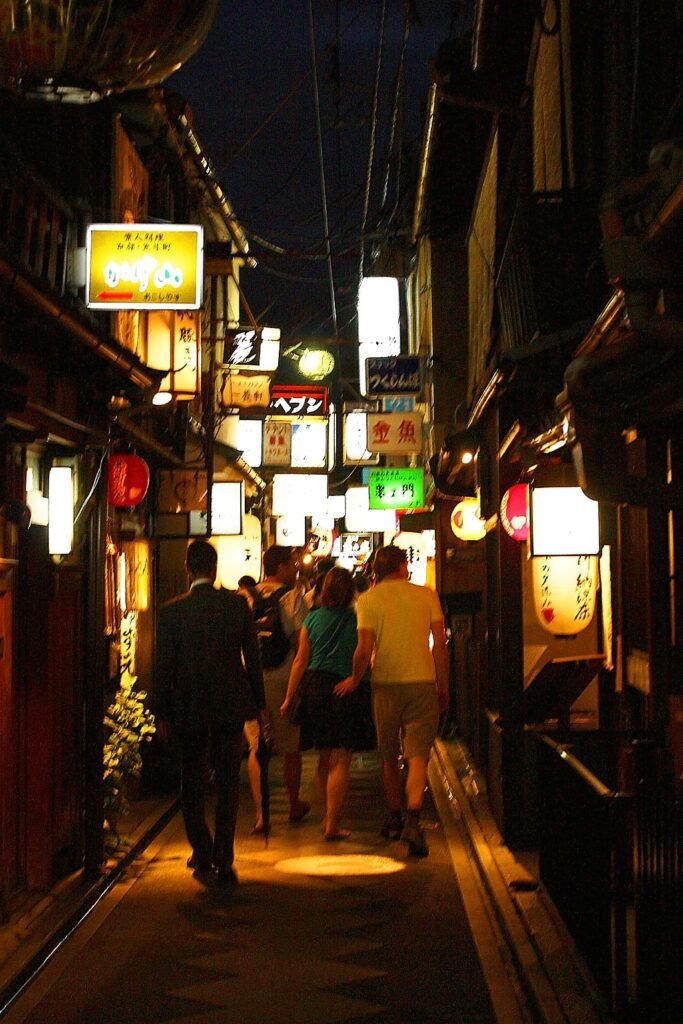
The bustling alley with restaurants lining each side is located close to the Kamogawa River. There are numerous dining options, ranging from costly yakitori to exquisite dining. Don’t blindly follow the advice in your guidebook; the greatest eateries are frequently tucked away, modest, and may not even display their English-language menus. The best way to find outstanding food is to simply enter the establishment whose atmosphere appeals to you the most. Sit at a restaurant with a view of the Kamogawa River on a warm night since the breeze from the river tends to cool the area.
Climb to the top of Mt. Kurama and relax in the hot springs
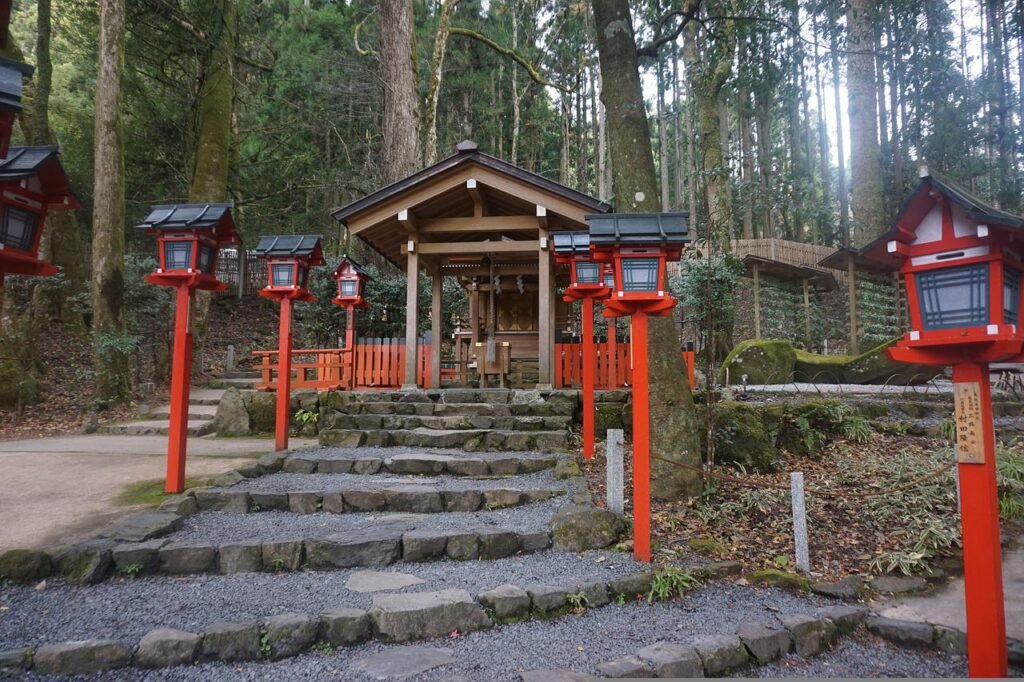
Kurama is a little village near Kyoto’s centre that is well-known for its conventional lodgings and baths. Visitors can climb Mount Kurama to reach Kurama-Dera, an elaborate Buddhist temple located close to the town. Even a cable vehicle that stops halfway up is available for those who wish to save their energy for later. After the temple, there is a strenuous hiking track flanked by old trees with spread-out roots where songbirds, deer, monkeys, and other wildlife are frequently seen.
Walk down the Philosopher’s Path
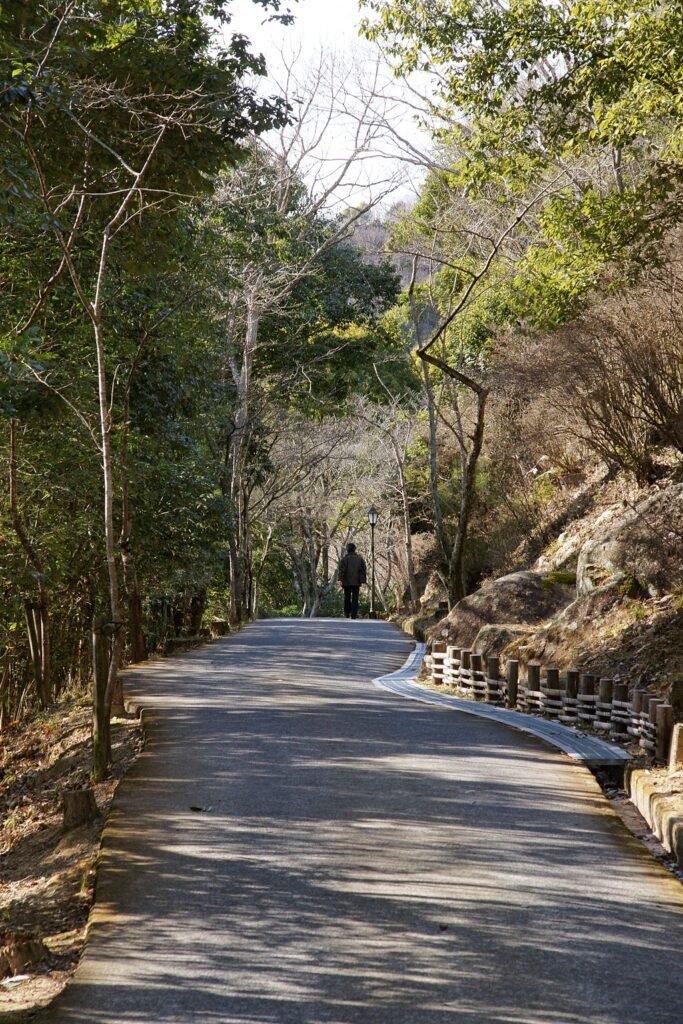
This trail, which follows a canal, begins at Ginkakuji (Silver Pavilion) and ends in the Nanzenji area. Arashiyama’s Philosopher’s Path is a tranquil location where people can meditate. Some minor temples and shrines, as well as a few eateries and cafes, may be found along the path.
Smell cherry blossoms at Maruyama Park
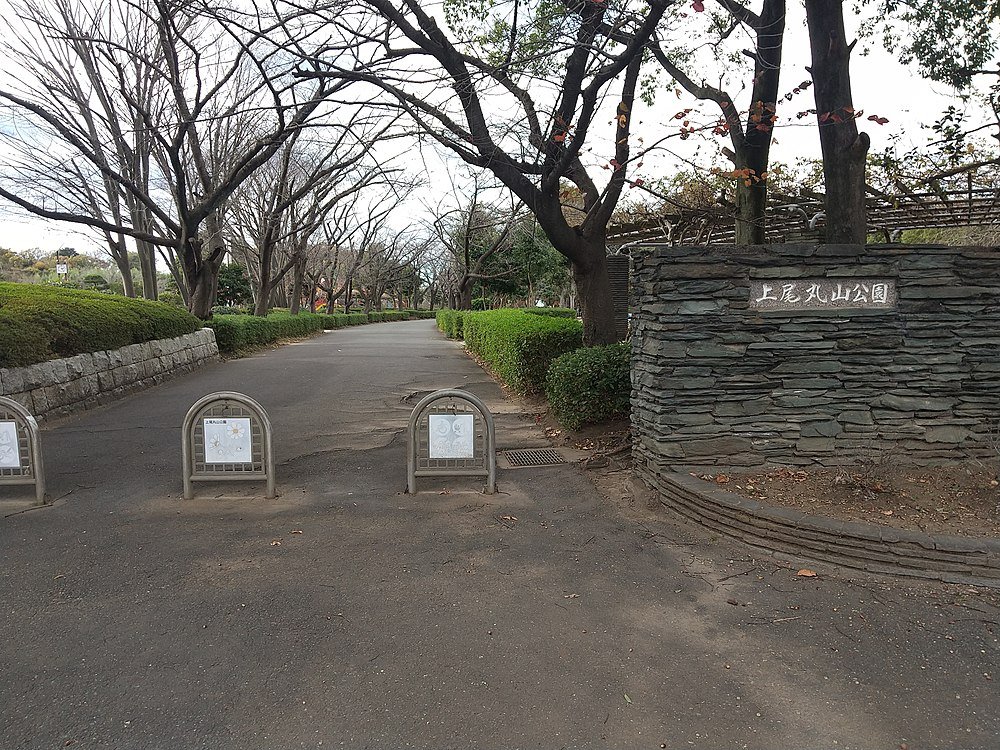
The best location in Kyoto to see cherry blossoms is Maruyama Park. The central weeping cherry tree is even lit up in the evening for an impressive spectacle. This park is enchanting because it includes a wide variety of cherry blossoms, allowing visitors to see a spectrum of colour, size, and texture. Watch the cranes drifting by on the surrounding pond while sipping tea or eating a hearty dinner in the shade of the trees.
Monkey Park Iwatayama
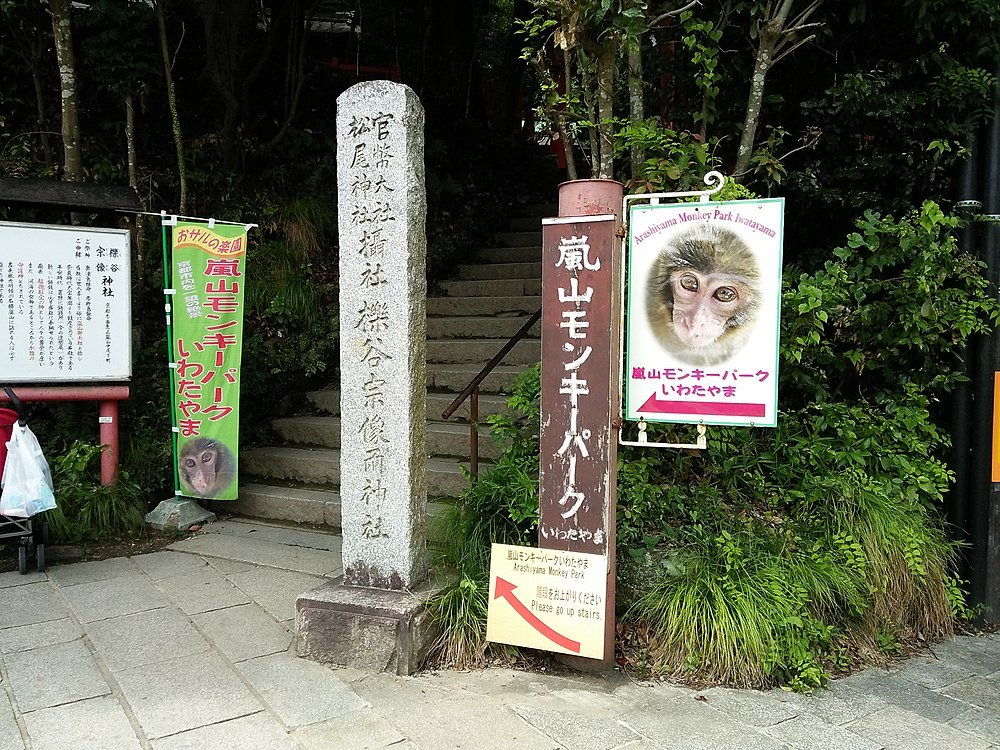
Put on a pair of comfy shoes and climb the hill to the monkey park. There are monkeys around, so beware. These primates entertain everyone by swinging through the trees, daring to cross the path, and even approaching for a better opportunity to grab food. You can purchase a package of nuts and apples from a nearby store to give the monkeys if you’re feeling very daring. Keep all bags securely fastened; monkeys won’t hesitate to rummage through them in quest of extra treats.
Enjoy a panoramic view of the city at the Kyoto Tower
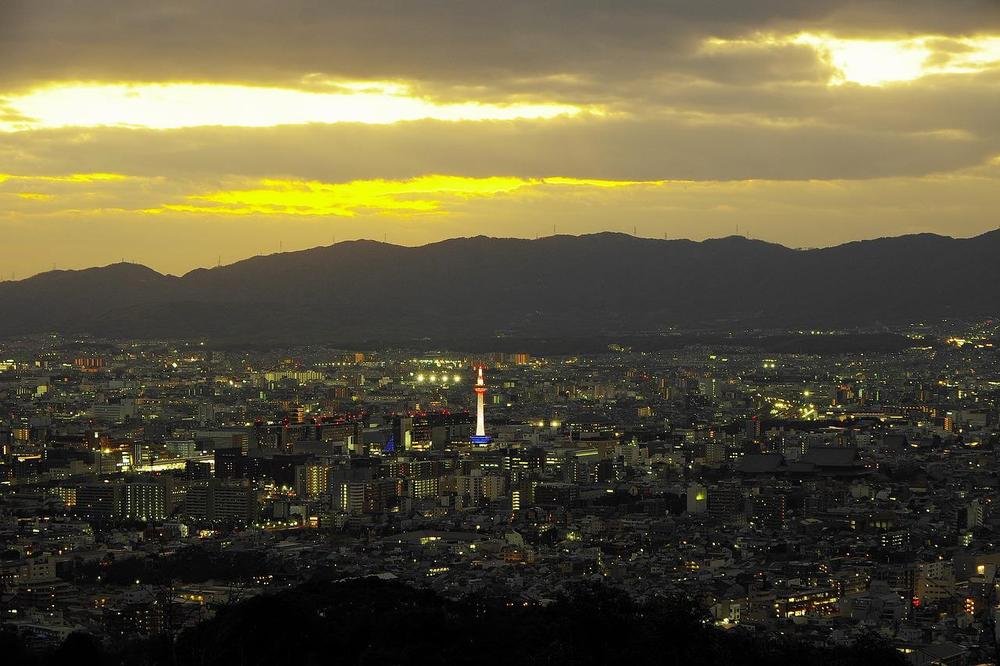
The tallest building in Kyoto is the Kyoto Tower, a contemporary edifice in a city of temples. Panoramic views of the city that reach all the way to Osaka are available to visitors. Telescopes and LED touch panels on the platform show significant landmarks so you can identify what you’re seeing. For the finest experience, visit at sunset.
Participate in a tea ceremony
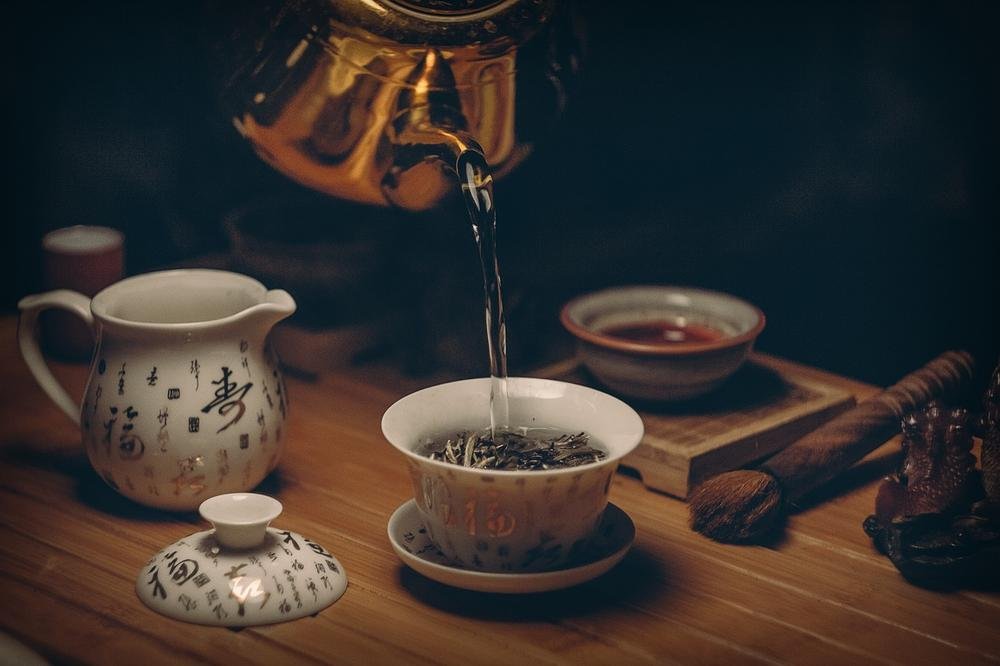
Although Chado or Sado, or tea rituals, are accessible throughout Japan, Kyoto is particularly revered because of its deep Zen Buddhist roots. Before being served, the cup of tea is skillfully and meticulously made during a tea ceremony. The purpose of the ritual is to be attentive to the present moment while acknowledging the tea, the utensils, and each other’s company.
Sanjusangendo Temple
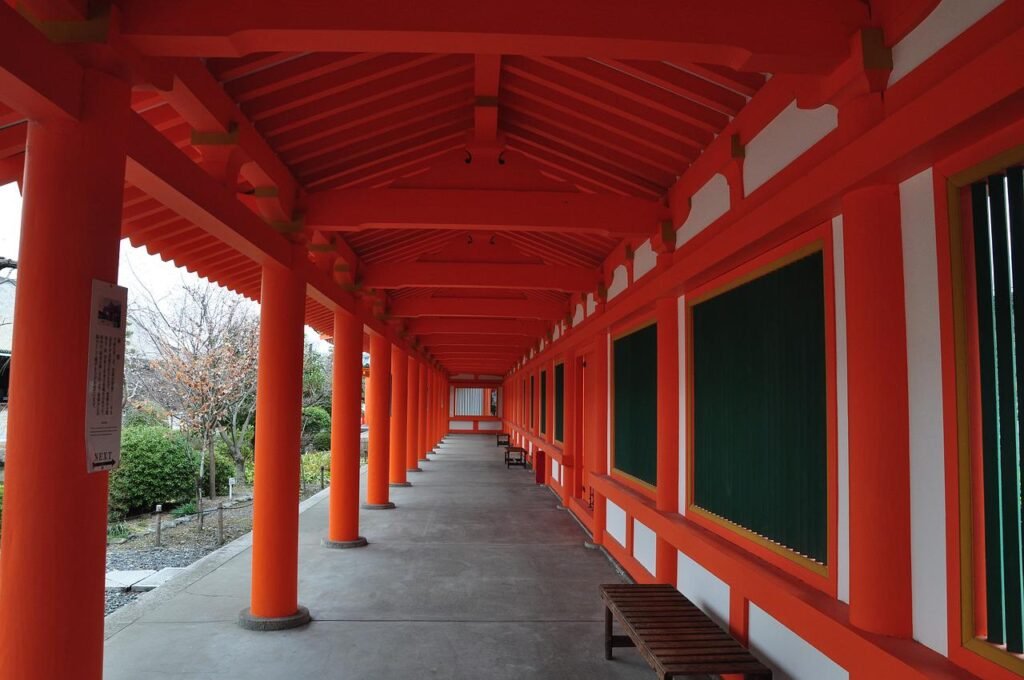
The construction of this temple, which was made entirely by hand out of wood, took more than a century and is home to 1,000 exquisitely detailed statues of the goddess Kannon. The temple’s basic façade and elaborate interior provide a striking contrast that creates a singular mood. Gold leaf is used to coat each Buddha, and despite their identical appearances, they are all somewhat distinct. Whether you identify as religious or not, you must visit this temple.
Wander through the Gion District

Gion, the centre for artists, theatres, and geishas in Kyoto, is where people go to have fun. Spending the entire day in this neighbourhood and taking advantage of everything it has to offer is simple. The Minamiza Theatre, which is located in Gion, is well-known for staging kabuki performances, a type of theatre that incorporates dance, theatrical makeup, and vibrant colours. Visitors can also jot down their aspirations on the mystical stone at the Yasui Kompira-gu Shrine while strolling through Hanami-koji, the main thoroughfare adorned with cherry trees. There are countless cafes, snack stands, and strategically arranged benches between cultural attractions. The Gion District is the best location to get a fascinating, culturally diverse, and comprehensive view of Kyoto.
Nishiki Market
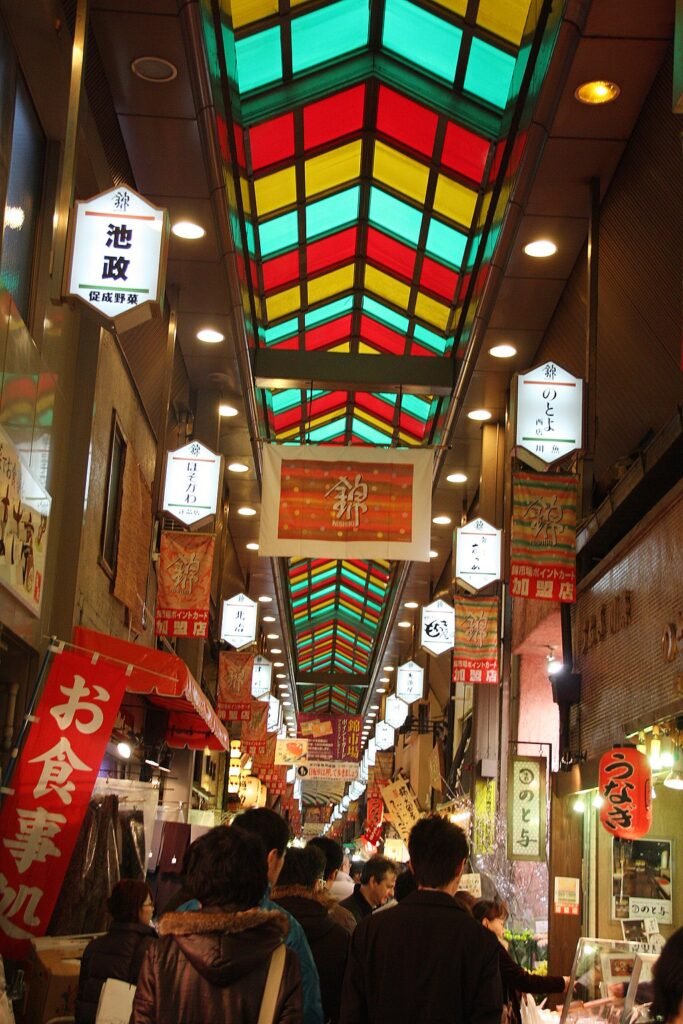
The Nishiki Market is a fun spot to spend a day, whether you’re a shopaholic or simply a casual visitor. Delicious sweets, handcrafted traditional crafts, ceramics, textiles, and more are all available here. Foodies will enjoy eating the local cuisine from the food vendors, which includes dumplings, pickles, freshly roasted tea, fish cakes, and yakitori. The market is completely shaded, making it an excellent place to visit on particularly hot or wet days.


